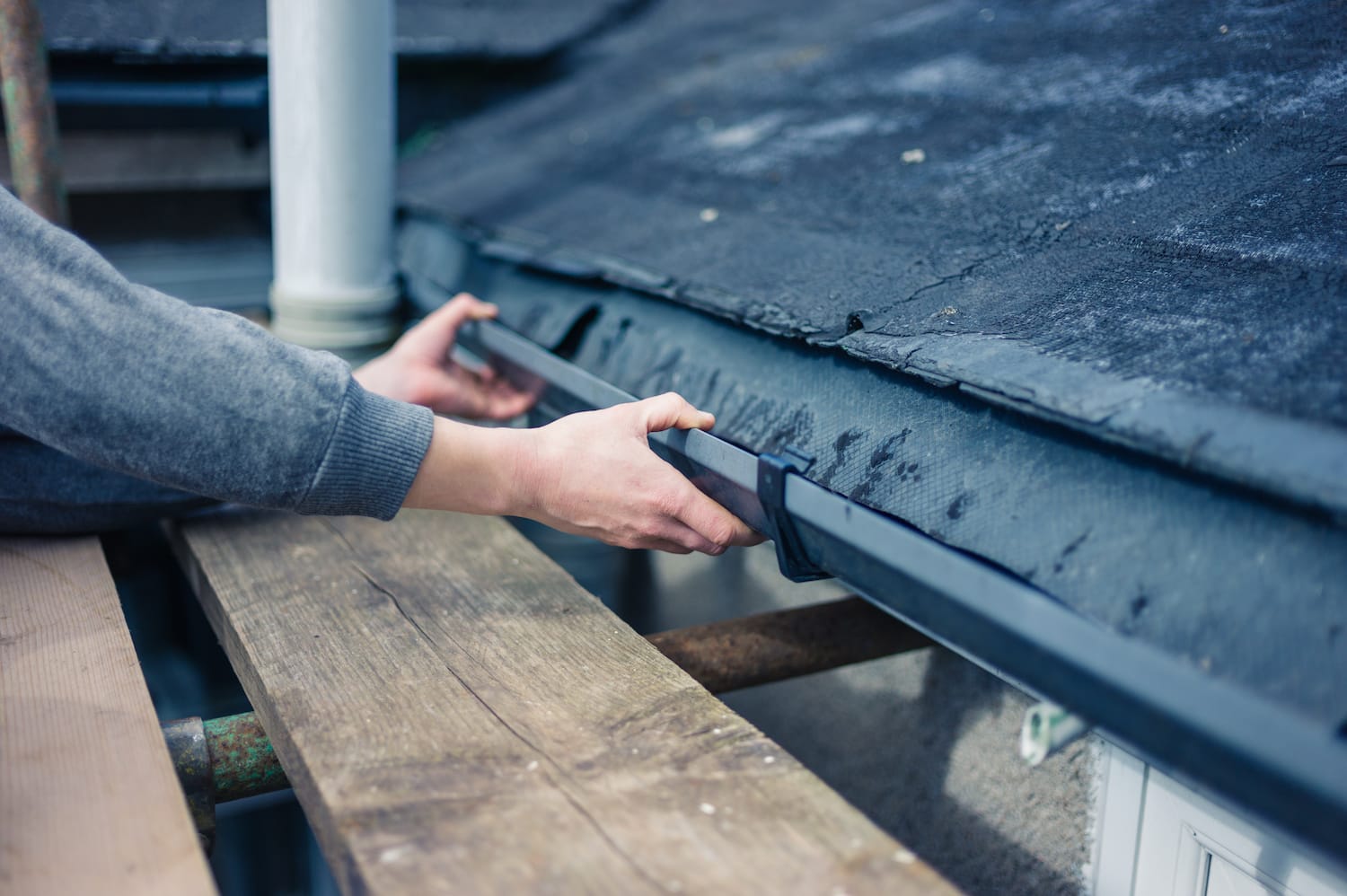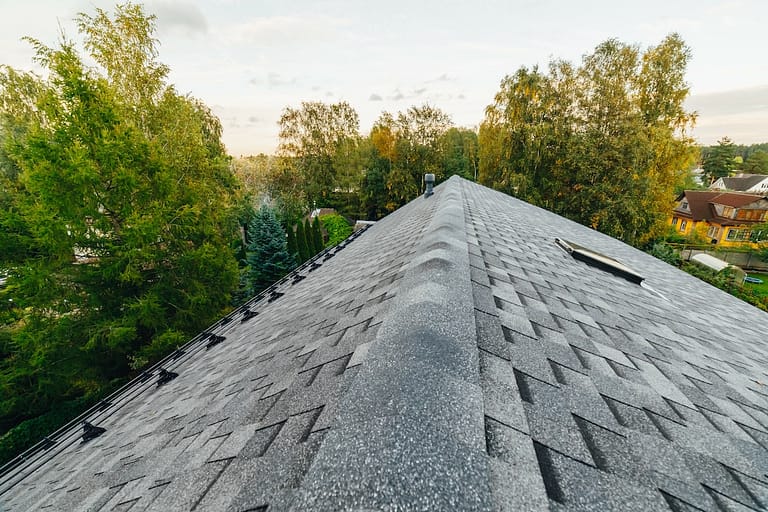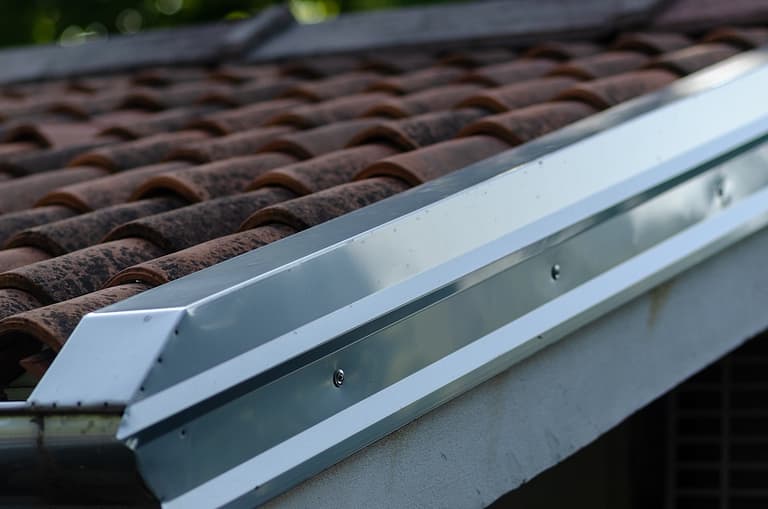Performing a roof inspection is a good idea that every homeowner should do at least annually, if not twice a year. However, knowing what to look for can pose a challenge for most homeowners and lead to roof problems getting overlooked.
While hiring a roofing company to perform an inspection is the preferable approach, it is possible to Do It Yourself (DIY) if you have a good roof inspection checklist.
Fortunately, coming up with a roof inspection checklist is easy. The following is a comprehensive list that covers your entire roofing system and ensures that your roof will keep you safe, warm, and dry for at least another year.
The Basics
The reason to get your roof inspected is to ensure it is in good shape and not suffering from any issues that could lead to major damage. An inspection must include an inside roof inspection and a thorough review of all roof surfaces.
A thorough review includes:
- Looking at the gutter system
- Identifying rafters obstructions
- Looking at the roof ventilation and lighting systems in the attic
- Identifying noticeable damage to shingles and flashing on the roof surface
The following will help you accomplish that list.
External Roof Inspection
The theme of any external roof inspection is to look at everything. Here is a short list of what you need to look out for:
- Bent or missing gutters damaged eaves
- Missing shingles
- Punctures
- Broken shingles
- Cracked sagging roofline moss
- Damage to all soffits, shingles, gutters, and fascia
- Loose shingles
- Flashing around any chimneys (look for evidence of wind damage)
- Standing water
- Leak problems with skylights
Look for Holes
Your inspection also needs to cover looking for holes, outside and internally.
Turn on your attic light at night and look for the attic light coming through small holes. Inspect the external roof from a roof inspection view that lets you see the entire roof at once.
You should also look for light coming from the outside inside. If you notice holes, you need immediate repair.
Check to see if you have any warranty claim, and start taking estimates from roofing companies. Do not delay, as you will end up with an entire roof repair if you put off fixing the damage you find.
Overhanging Trees
Part of roof inspections is identifying areas apart from the roof that might become issues or cause problems. External areas include, first and foremost, any trees that extend higher than the lowest level of your roof. Even healthy trees can pose a problem without regular maintenance, particularly during a bad storm.
As part of your inspection, you should examine:
- Branches that could fall on your roof
- Splits in trees or tree branches
- Branches that have broken during a storm but are hanging in the tree
- Dead or sick trees
- Debris clogging runoffs or trapping moisture
- Moss growth on shingles or the roofline
Also, research the type of trees you have and ensure that they look in good condition. Inspect the ground and pay close attention to trees with shallow root systems.
On the Ground
Look for roofing debris that has blown off. If there are no missing shingles, look for missing parts of shingles and cracks on shingles that have remained on the roof.
Internal Inspection Checklist
It seems counter-intuitive, but the internal inspection of your roof systems is more complicated than identifying issues on the outside of your roof. Here is how to do that.
Look for Water Damage
Water spots, pooling or puddling, mold growth, and dark stains indicate that you have roofing problems. The mold and staining can occur on eaves, beams, rafters, and joists, as well as other items in your attic.
Evidence of Leaking
A roof leak can come in many forms. Look for damage from water, but also look for staining on the backside of the underlayment. Make sure that you do not limit your inspection for leaking damage to just the attic. At least look at the ceilings and upper walls of the floor directly below.
Ventilation
Proper roof inspections cover all vents in the roof, as well as the central ventilation system. Most vents will be near the peak of the roof. Make sure they are clear of debris and perform proper maintenance or repairs as necessary. Your roof’s ventilation is very important for the following reasons:
- Airflow and circulation
- Drying the roof when it is wet
- Cooling your house in summer
- Helping to prevent algae and circles mold on the roof
- Avoiding heat damage to roofing materials
- Avoiding ice dams
- Attic rafters obstructions
Signs of Wildlife
Check the gutters, soffits, and fascia along the roof of the house for cracks, and internally look for evidence of animals. Look for animal scat, fur, feathers, and evidence of animal food, like piles of nutshells, seeds, or plants. You should also look for unwanted insects, such as wasps, as they can work their way into a home and create a nightmare.
Specialized Roofs
While your traditional residential roof needs inspection, so do specialized roofs. These include your average commercial roof, slate, wooden shingle, and metal roofs.
Commercial Roof
Look for standing water, falling debris, and cracking seams. Inspect the base flashing around any exhaust or HVAC systems and look for cut, bent, or loose pieces.
Internally, check the walls for dark spots, stains, or additional dark areas on any suspended ceilings, which is a sure sign of pooling water, seepage, or leaks. Also, look at any pipes that extend to the roof for signs of corrosion or leakage from the roof.
Other Types of Roofing
For any other type of building roof, inspect the roof’s condition exactly as you would a residential roof. For heavier roofing materials, such as slate, look for a roofline sagging and pay close attention to the gutters. Slate roof pieces slough off and collect in the gutters, which is a warning sign of an issue and a clogging risk.
Final Thoughts
Inspecting your roof is critically important, whether a roofing professional does it or your DIY. Equally important is getting repairs or roof replacement done quickly to avoid internal house damage.







